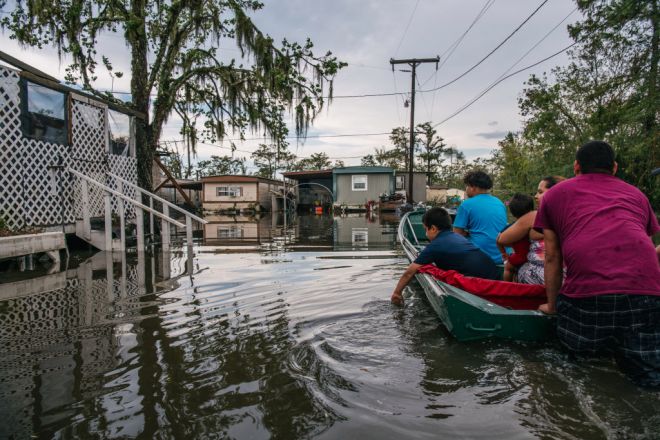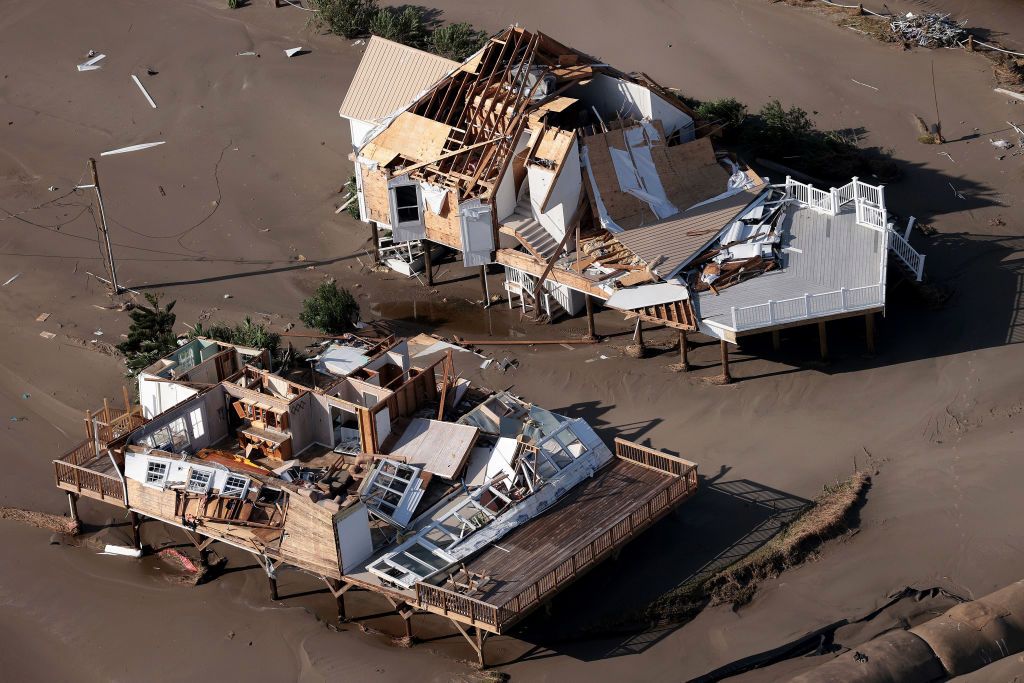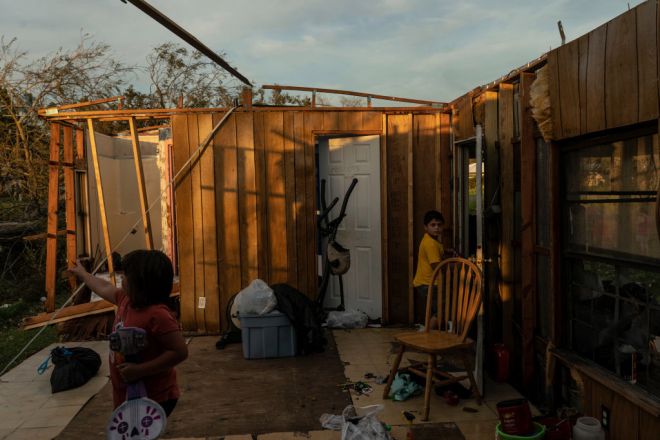
Source: Brandon Bell / Getty
Hurricane Ida has devastated southeast Louisiana, leaving people’s homes flooded and without water and electricity as sweltering temperatures continue to heat up. Homes have been destroyed, water and sewage systems are damaged and there are concerns about the hospitals, which are filled with COVID-19 patients, being able to operate solely on power provided by generators.

Source: Win McNamee / Getty
Governor John Bel Edwards advised residents to not return to their homes if they already evacuated due to a lack of resources.
“I’m not satisfied with 30 days, the Entergy people aren’t satisfied with 30 days,” Edwards said about the outage. “Nobody who’s out there needing power is satisfied with that. But I am mindful that we just had the strongest hurricane — or at least tied for the strongest — that the state has ever experienced and the infrastructure has been damaged.”

Source: The Washington Post / Getty
Residents are without fuel, food and photos show major flooding throughout the streets. They have no idea when relief will be coming to them and are concerned that New Orleans will get most of the resources.
In an August 31 press briefing, White House press secretary Jen Psaki said there have been efforts to help the 1.1 million people without power in Louisiana and Mississippi. She said that the FEMA Administrator and the American Red Cross Director were meeting with Edwards in Louisiana to discuss how to address Hurricane Ida’s wreckage.
Psaki added that “FEMA has staged more than 4.4 million meals, 3.2 million liters of water, and more than 124,000 tarps” to the Gulf Coast, which includes Louisiana, Texas, Mississippi, Florida and Alabama. Among those, 3.4 million meals, 35,700 tarps and 200 generators were meant for Louisiana, but these necessities have yet to get to the parishes in need.


